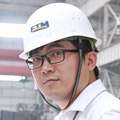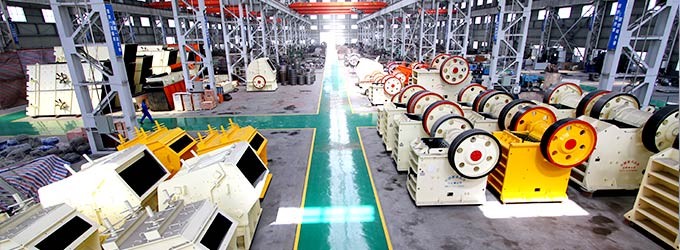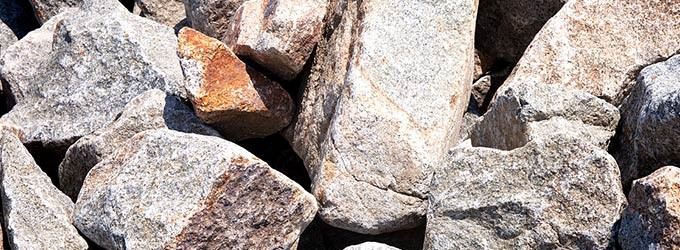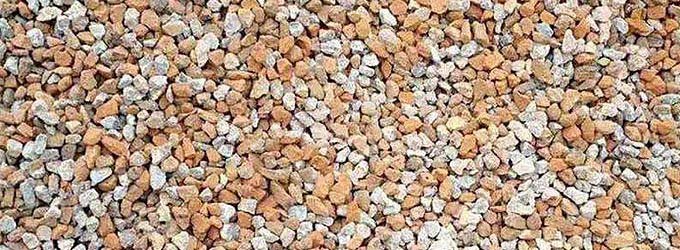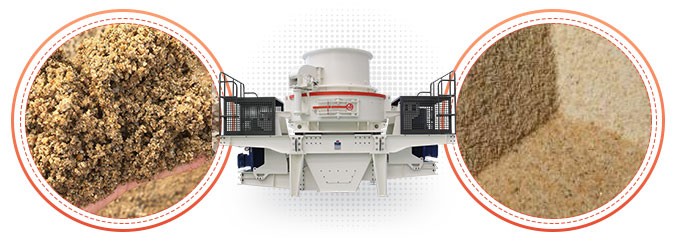What is granite?
Statistics show that granite is one of the oldest rocks on the earth with a history of more than 300 million years. Granite is the most widespread igneous rock and is the main material for the Tianzhushan Global Geopark, Menkaure's Pyramid, etc.
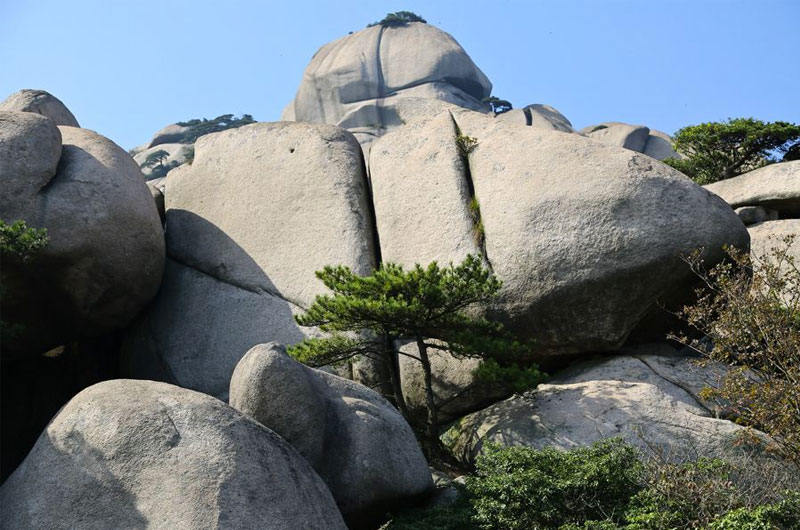
Granite stones
Granite is formed by the cooling of magma, so it is called intrusive rock. The forming depth is usually 5 to 30 kilometers below the earth's surface, so it is also called deep-seated rock.
What color is granite?
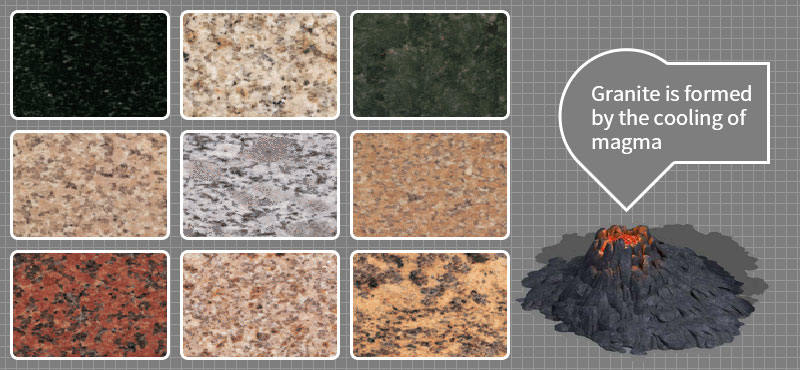
Granite countertop in different colors
The color of granite depends on its components, usually presenting red, pink, gray, white, black, and other dark colors. If granite contains much potash feldspar, it will be pink; if it contains much quartz, it may appear white.
- Quartz-typically milky white
- Feldspar- typically off-white
- Potash feldspar- typically pink
- Biotite- typically black or dark brown
- Muscovite- typically gold or yellow
- Amphibole - typically black or dark green
How is granite formed?
Granite is formed by the cooling of magma. There is a deep layer of molten rock in the depths of the earth and beyond the mantle layer.
Molten rock is formed when the natural radioactive elements in the ground decompose and decay. The reaction of the decaying matter releases a lot of heat, melting the surrounding rocks.
As geological matters occur (such as the plate movements), molten rock is pushed to the surface of the earth. As the rock approaches the ground, it will cool, forming an internal igneous rock.
Granite is one of these igneous rocks, which can be a mixture of mainly quartz and feldspar.
What materials are in granite?
Granite is divided into two major series: the calc-alkaline series containing plagioclase and alkaline feldspar, and the alkaline series containing alkaline feldspar and alkaline dark minerals. The former is collectively called granite, and the latter is called alkaline granite.
The common granites are gray and red, with the main minerals of quartz, potash feldspar, titanite, acid plagioclase, the minor minerals of biotite, hornblende, and pyroxene, and the accessory substances of phosphorite, zircon, sphene, magnetite.
The main feature of granite is that it contains more alkaline feldspar (mainly potash feldspar) than plagioclase. Alkaline feldspar generally accounts for 60% to 90% of the total feldspar, and the quartz contained is mostly about 30%. The dark mineral content is about 5% to 10%.
The main components of granite are as follows:
| Components | Content range (%) |
| SiO2 | 69.26 - 71.63 |
| Al2O3 | 14.00 - 14.54 |
| Fe2O3 | 1.16 - 1.57 |
| FeO | 1.18 - 2.29 |
| MgO | 0.87 - 1.04 |
| CaO | 1.73 - 2.51 |
| Na2O | 3.48 - 3.70 |
| K2O | 3.92 - 4.11 |
| TiO2 | 0.29 - 0.49 |
| MnO | 0.06 - 0.12 |
| P2O3 | 0.09 - 0.19 |
| Igloss | 0.57 - 0.84 |
| Sum | 100.00 |
The nature of granite
Granite has the futures of pyknotic structure, high compressive strength, low water absorption, stable chemical performance, strong durability but poor fire resistance.
Generally, granite has a granular structure or a porphyritic structure with fine, medium and coarse grains. Its particles are uniform and dense, with small gaps (the porosity is generally 0.3% to 0.7%), and the water absorption rate is low (generally 0.15% to 0.46%).
In addition, granite has a high hardness of 6 according to the Mohs hardness. The density of granite is at the range of 2.63 g/cm3 to 2.75 g/cm3. Meanwhile, the compressive strength of granite is about 100MPa to 300 MPa.
The fine granite can reach up to 300 MPa of its compressive strength and 10 MPa to 30 MPa of bending strength.
How is granite extracted?

How to mine granite rocks
The basic mining process of granite includes mountain separation, rock division, and product shaping.
1. Mountain separation process
The main separation ways are splitting, drill blasting and flames cutting.
① Splitting separation
First method: Drive several iron wedges directly into the rock mass at certain intervals to crack the rock mass as required. This method is suitable for small mines with low cost and efficiency.
Second method: Mix the swelling agent with water, and pour it into the drilled hole. The swelling force generated by the hydration of the swelling agent will expand the rock mass into spalling. This method is simple and safe, but inefficient.
②Flame cutting separation
High-speed flames are sprayed from the nozzle of the flame cutter to heat and impact the rock.
Different minerals contained in the granite will burst and peel off because different minerals have different thermal reaction characteristics, gradually forming a separation groove.
This method is only suitable for rocks with high quartz content, small heat capacity, and poor thermal conductivity, such as granite, diorite, syenite, etc.
③Drill blasting
Drill holes in the rock mass by the rock drill, and load the blasting materials (such as black powder, combustion agent, and detonating cord) as required to carry out blasting. This method has high efficiency and wide application, but the blasting force should be strictly controlled to avoid dangerous cracks.
2. Rock cutting process
Turn over the chipped stones separated from the rock mass by a capstone machine, and then cut the strips into the required blocks according to the crack rules and block specifications.
3. Shaping process
The divided blocks need to be shaped if they do not meet the requirements. It commonly uses a hammer or shaping machine to remove the excess part of the blocks to make them flat and neat.
How to process granite
The basic processing methods of granite include sawing, grinding, polishing, cutting, chiseling, singeing, and auxiliary processing.
1. Sawing
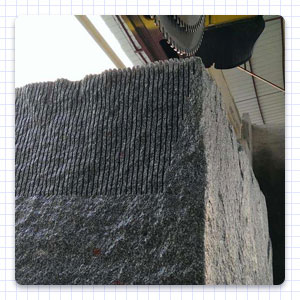
The semi-finished granite product is cut into rough boards (generally 20mm or 10mm in thickness), strips, blocks, and other shapes by a sawing machine.
This process is a rough machining process, which has a significant impact on the utilization rate, quality of granite boards, and the economic benefits of the enterprise.
The commonly used equipment for sawing and processing includes a large automatic sanding saw for granite; a multi-blade bidirectional cutter bar, a multi-blade granite cutting machine, and a circular sawing machine.
2. Grinding and polishing
This part aims to further process the sawn rough board to make its thickness, flatness, and gloss meet the requirements.
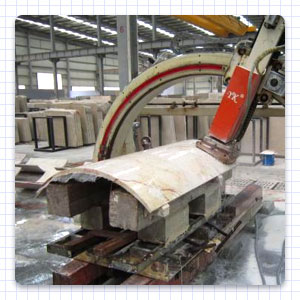
It includes several steps:
First, roughly grind the granite materials;
Second, finely grind the semi-finished granite product;
Third, polish the granite countertop to achieve the best decorative effect.
The commonly used machines are automatic grinding miller, leveling machine, disc grinder.
3. Cutting
It refers to that cut the rough or polished board according to the required specifications by a cutting machine.
The commonly used machines are longitudinal multi-saw blade cutting machine, transverse cutting machine, bridge type cutting machine, cantilever cutting machine, etc.
4. Chiseling
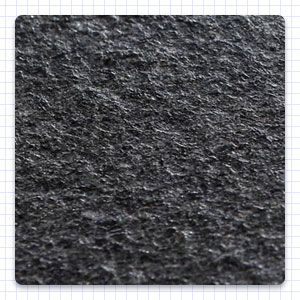
Chiseling is a traditional granite processing method.
The rough granite boards can be processed into the required countertop through chiseling, which includes wedging, chiseling, chopping, trimming, polishing, and other methods.
It can decorate the granite boards' surface into rocky, reticulated, hammered or smooth.
The commonly used tools are hammer, axe, chisel, chisel, stone splitting machine, stone planer, automatic hammer chisel, automatic sandblasting machine, etc.
5. Singeing
Singeing is also called the spray-burning process, which expands the surface of granite boards by the virtue of the difference in thermal expansion coefficients of different mineral particles finally makes granite form undulating and orderly rough decorative patterns.
This rough granite plate is suitable for non-slip floors and outdoor wall decoration. The commonly used equipment is an automatic singeing machine for granite.
6. Auxiliary processing
It refers to grind, chamfer, hole, groove, edge of the polished granite or granite countertop as required.
The commonly used equipment includes automatic edge grinding and chamfering machine, milling machine, drilling machine, circular saw, polishing machine, and etc.
7. Leftover material processing
It will produce a lot of scraps during the above processes. These materials can be processed into granite paint, granite gravel sand or aggregate after crushing and grinding. This process can not only increase the utilization rate of granite but also give full play to its market value and bring more benefits to enterprises.
You maybe interested in:
6 Granite Crushers to Maximize Granite Crushing Efficiency
Why is Granite useful?
Granite is hard to weather, and its appearance and color can be maintained for more than a hundred years. Due to its high hardness and wear resistance, it is not only used for high-level architectural decoration and hall floors but also the first choice for open-air carving.
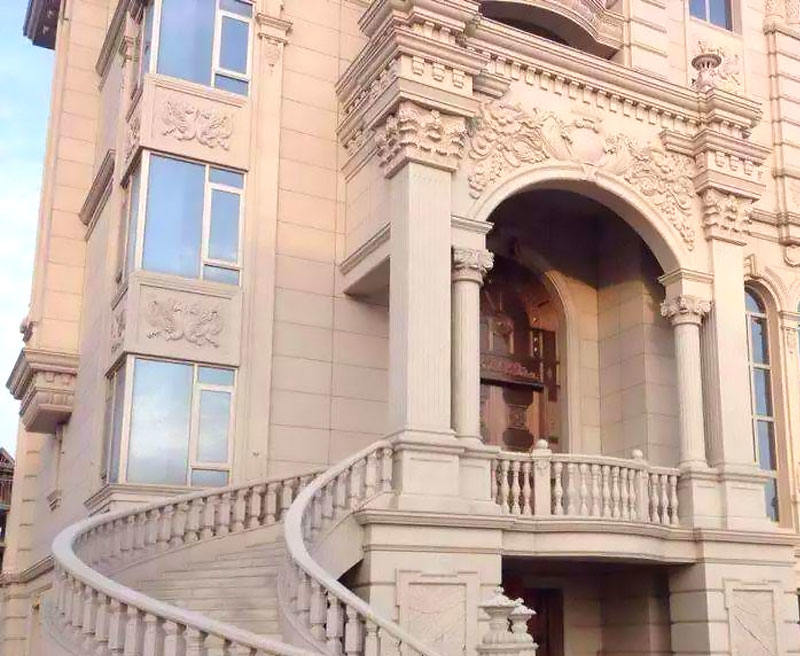
Granite building
Building materials
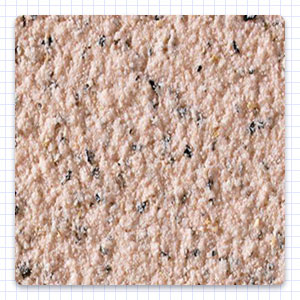
The granite slab used for construction has high gloss, mirror effect, bright color and clear pattern. It is mostly used indoors and decorative places.
It is elegant, gorgeous, bright, wide, and radiant.
It makes people feel delicate, soft, noble, rich and clean, giving people a sense of relaxation.
- Fine granite slabs are products without requirements of polishing. This type of granite countertop with anti-slip effect is mainly popular for outdoor floor or exterior wall decoration;
- There are many types of rough granite slabs, such as fired slabs, brushed slabs, chopped axe slabs, chiseled slabs, etc. This kind of slabs is flat but rough with regular processing patterns on its surface, and is mostly used for exterior wall decoration or outdoor floor decoration;
- Medium-grain granite is often used to build bridge piers, bridge arches, dams, seaports, strangulations, foundations, pavements, etc.;
- Granite with coarse grains is often crushed and rolled into gravel and artificial sand, which is an excellent aggregate for concrete.
Paint industry
Granite paint making process is as follows:
- 1Crush granite according to the requirements of different particle sizes;
- 2Screen granite particles into several specifications;
- 3Treat granite particles to prevent weathering;
- 4Mix granite particles and powders with acrylic-based resin.
This granite gravel paint has the same texture as natural stone, and it is not easy to fade, which has the features of good paintability, waterproofing performance, resistance of acid and alkali, strong adhesion, diverse colors, and simple construction.
Crafts
The fine-grained granite can be polished or carved and used as a decorative plate or artwork. These crafts are ancient Chinese traditional products, including stone lions, stone statues, stone lanterns, reliefs and some modern tombstones.
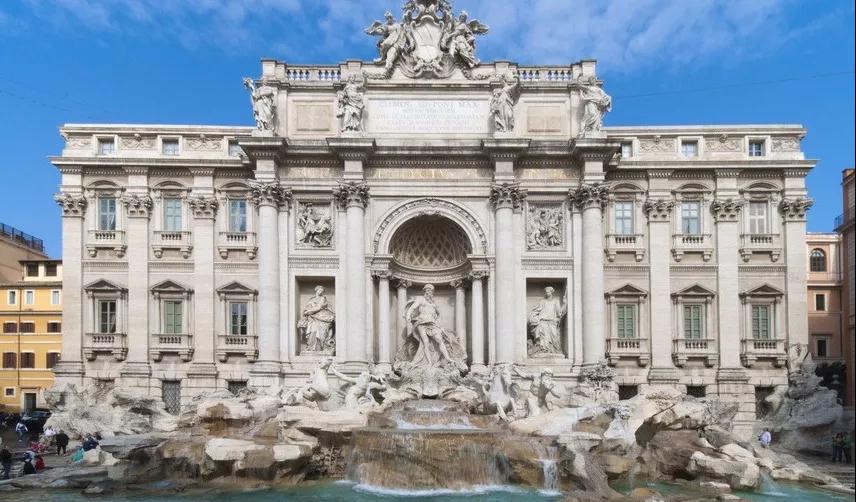
Vigeland Sculpture Park
The world's largest granite sculpture, Vigeland Sculpture Park, is located in the northwest of Oslo. There are 192 nude sculptures and 650 human sculptures in the park. All the sculptures are made of copper, iron or granite, which cost for more than 20 years.
These carvings generally require high granite materials. Fine-grained homogeneous granite is more suitable for carving. Granite that can be used for carving has a higher utilization rate and the sales market outlook is broad.
The price of granite products (countertop)
According to the granite export data of an Indian website, the prices of granite countertop are shown in the figure below:
| Name of granite | Price |
| Premium Rajasthan Black Granite | Rs 80/square feet |
| Black Galaxy Granite | Rs 190/square feet |
| Black Pearl Granite RK Marble | Rs 450/square feet |
| Black Granite Leather Finish | Rs 150/square feet |
| Telephone Black Granite | Rs 180/square feet |
| Green Pearl Granite | Rs 200/square feet |
| Black Green Granite | Rs 125/square feet |
| Pearl White Granite | Rs 70/square feet |
| White Galaxy Granite | Rs 200/square feet |
| Madurai Gold Granite | Rs 175/square feet |

